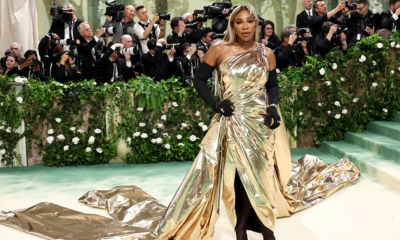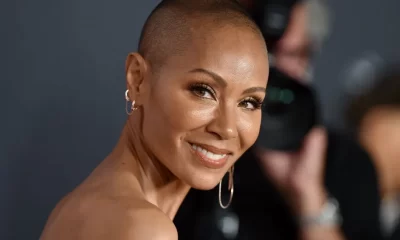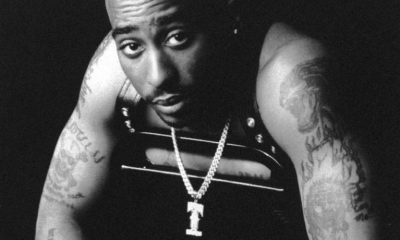Entertainment
Sheryl Crow tags Drake ‘hateful’ for what he did to Tupac

American singer-songwriter and actress Sheryl Crow has taken a strong stand against Canadian rapper Drake for using an AI-generated voice of the late Tupac Shakur in a diss track aimed at Kendrick Lamar.
The 62-year-old Sheryl Crow criticized Drake during an interview with the BBC, expressing her disapproval of the use of the deceased rapper’s voice in his “Taylor Made Freestyle.”
“You cannot bring people back from the dead and believe that they would stand for that,” Crow said, emphasizing the ethical concerns of using AI to recreate voices of deceased artists.
She accused Drake of adopting an “ask for forgiveness approach” and failing to recognize the unethical implications of his actions.
Tupac, an iconic figure in the 1990s West Coast rap scene, passed away on September 13, 1996.


Crow’s comments come after Tupac’s estate threatened legal action against Drake over the unauthorized use of Tupac’s voice. Attorney Howard King, representing the estate, sent a cease and desist letter to Drake, demanding the removal of the track within 24 hours and describing the AI usage as a “flagrant violation of Tupac’s publicity and the estate’s legal rights.”
The letter highlighted the disrespect towards Tupac’s legacy, particularly since the diss track targeted Kendrick Lamar, a “good friend to the Estate” who has consistently honored Tupac’s memory.


Released via a video on social media rather than streaming services, the track still garnered significant publicity and listens, adding to the estate’s frustration.
The legal dispute raises questions about the ethical and legal boundaries of using AI to replicate the voices of deceased artists, with the estate insisting on an explanation for how the sound-alike was created and what data was used in the process.





















